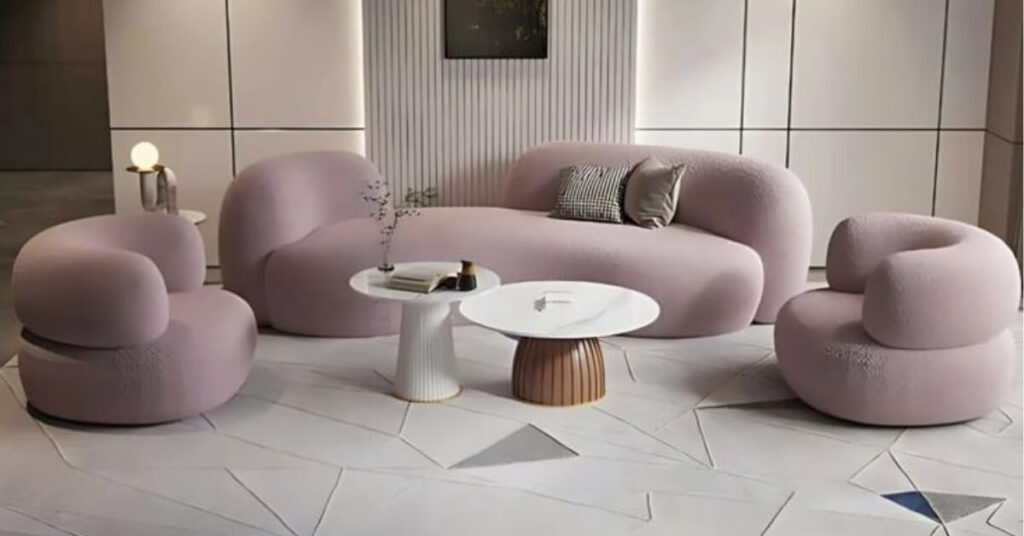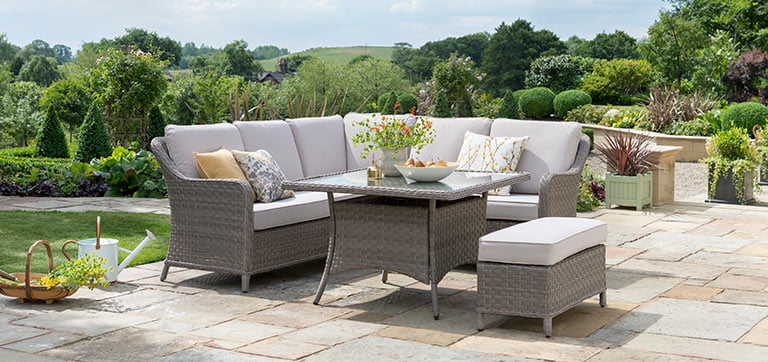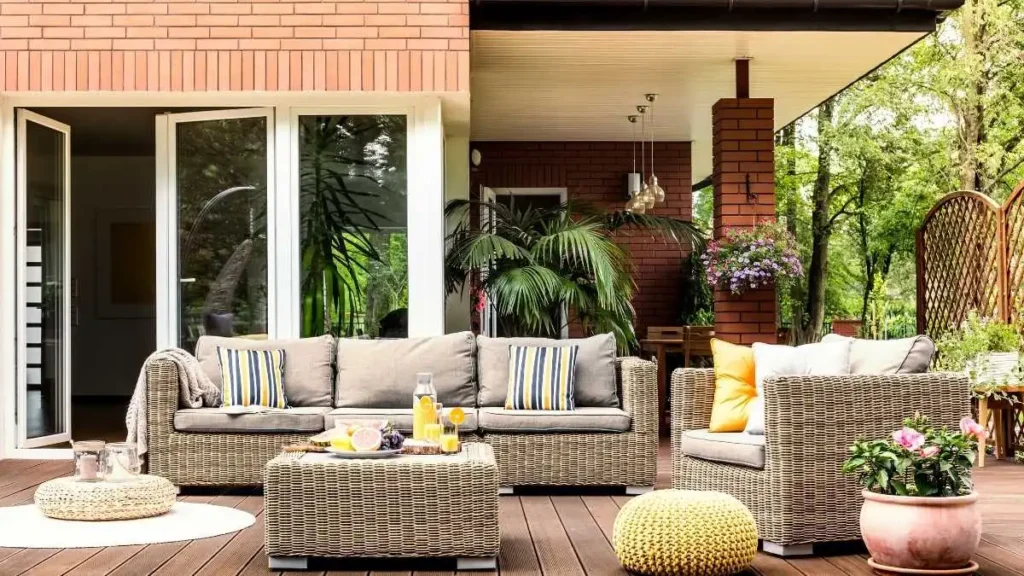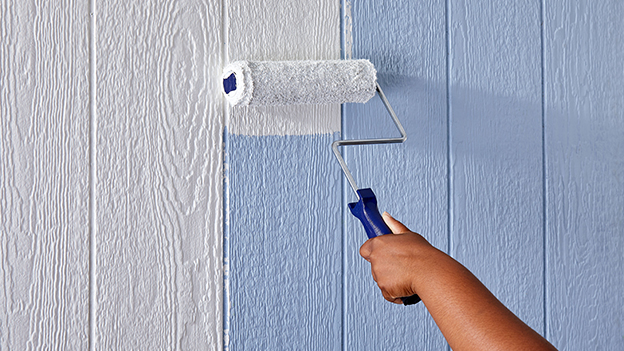If you’re a cat owner, you know the struggle of keeping your furniture looking great. Finding the right balance between a stylish home and a happy cat can feel like a challenge. When trying to figure out what furniture material is best for cats. You need options that can withstand claws, shed fur, and the occasional accident. Fortunately, selecting the right materials can make a huge difference, allowing you to enjoy beautiful furniture without constantly worrying about your feline friend.
This guide will explore the most durable and practical furniture materials for households with cats. We’ll cover everything from tightly woven fabrics that resist snagging to smooth surfaces that are a breeze to clean. By the end, you’ll have a clear understanding of which materials will help you create a pet-friendly home. That doesn’t sacrifice style. With the right information, you can make informed choices that keep both you and your cat happy for years to come.
Understanding Why Cats Scratch Furniture
Before we look at specific materials, it’s helpful to understand why cats scratch in the first place. This behavior isn’t meant to be destructive; rather, it’s a natural and essential part of being a cat. Scratching helps them remove the dead outer layer of their claws, keeping them sharp and healthy. It’s also a way for them to mark their territory, as their paws contain scent glands that leave a unique identifier on the surfaces they scratch.
Furthermore, scratching is a form of exercise. It allows cats to stretch their bodies, flex their feet, and work their muscles. Think of it as a full-body workout for your feline companion. Since scratching is an instinct, trying to stop it completely is often futile and can cause stress. The better approach is to redirect this behavior toward appropriate surfaces, like scratching posts, and choose home furniture made from materials that are less appealing or more resistant to their claws.
How Different Materials Stand Up to Cat Claws
When considering what furniture material is best for cats, it’s important to think about how different textiles and surfaces react to claws. Some fabrics, like those with loose weaves or looped threads, can be incredibly tempting for a cat. Materials such as tweed, chenille, and certain types of linen have textures that easily catch on claws, encouraging scratching and quickly showing signs of damage like pulls and snags.
On the other hand, materials with a tight, smooth weave offer less for a cat’s claws to grip. This makes them inherently less satisfying to scratch and, as a result, less likely to be targeted. Smooth surfaces like leather or microfiber don’t provide the resistance cats seek when they want to sharpen their claws. Understanding this fundamental difference in texture is the first step toward choosing furniture that can coexist peacefully with your pet.
What Are the Best Furniture Materials for Cats?
Now, let’s explore some of the top choices for cat-friendly furniture. These materials are known for their durability, ease of cleaning, and resistance to damage from claws and fur.
Microfiber: A Top Contender
Microfiber is often recommended as one of the best furniture materials for cat owners, and for good reason. This synthetic fabric has an incredibly tight weave, which makes it difficult for cat claws to penetrate. Since there are no loops for claws to snag on, most cats find it unappealing to scratch. This lack of texture means they are more likely to move on to a more satisfying surface, like a scratching post.
In addition to its scratch resistance, microfiber is exceptionally easy to clean. Fur and hair don’t cling to its surface and can be easily wiped away with a lint roller or a damp cloth. Most stains can be removed with just a bit of soap and water, making it a practical choice for homes with pets. Its durability and low maintenance have made microfiber a go-to option for creating a pet-friendly living space without giving up on comfort or style.
Leather: A Surprisingly Good Option
Many people assume that leather is a poor choice for a home with cats, but it can actually be quite durable. While it’s true that a determined cat can scratch it, most cats are not drawn to its smooth, sleek surface for scratching. Leather lacks the woven texture that cats find satisfying to dig their claws into. As a result, they often ignore it in favor of more textured items.
Cleaning leather is also remarkably simple. Cat hair doesn’t stick to it, and spills can be wiped up quickly without leaving a stain. If scratches do occur, they can often be buffed out with a leather conditioner or repaired by a professional. Opting for top-grain or distressed leather can also help, as these types are more durable and can hide minor marks more effectively, blending them into the material’s natural patina over time.
Velvet: A Touch of Luxury
Velvet might seem like a delicate fabric, but modern performance velvets are surprisingly resilient. Like microfiber, velvet has a dense, tight weave with no loops, which makes it less attractive to scratching cats. Claws tend to slide off the surface rather than sinking in, which discourages the scratching behavior. This makes it an excellent choice for those who want to know what furniture material is best for cats while still maintaining a touch of elegance.
Performance velvets are also treated to be stain-resistant and easy to clean. Pet hair can be easily removed with a brush or a vacuum, and many spills can be blotted away without leaving a trace. Because of these qualities, velvet allows you to enjoy a luxurious feel and sophisticated look in your home without the constant worry of pet-related damage. It offers a great combination of style, comfort, and practicality for cat owners.
Furniture Materials to Avoid with Cats
Just as some materials are ideal for cat owners, others are best avoided. These fabrics tend to attract cats for scratching and show wear and tear very quickly.
Tweed and Chenille
Fabrics with loose, open weaves like tweed and chenille are particularly problematic for households with cats. The looped and nubby textures of these materials are irresistible to cats, as they provide the perfect surface for them to sink their claws into. This not only encourages scratching but also leads to visible damage almost immediately. Pulled threads and snags can quickly make your furniture look old and worn out.
While these fabrics can be cozy and stylish, their structure makes them highly susceptible to damage. Even a single scratching session can result in noticeable pulls that are difficult, if not impossible, to repair. If you have a cat, it’s generally best to steer clear of these materials to save yourself the frustration and expense of having to reupholster or replace your furniture sooner than expected.
Linen and Silk
Natural fibers like linen and silk, while beautiful, are not practical choices for homes with cats. These materials are delicate and can be easily snagged or torn by sharp claws. Linen has a loose weave that, much like tweed, can be tempting for a cat to scratch. Silk is even more fragile and can be damaged with very little effort. Both fabrics also tend to be difficult to clean and are prone to staining.
Because they are not very durable, linen and silk furniture will quickly show signs of pet-related wear. While you might love the look of a linen sofa or silk cushions, they are simply not built to withstand the realities of life with a cat. To protect your investment and maintain the appearance of your home, it’s wise to choose more robust materials that can handle the challenges a feline friend presents. To explore this topic further, read our in-depth guide: How to Protect Leather Furniture from Cats?
Frequently Asked Questions
1. What furniture material is most durable with cats?
Microfiber is generally considered one of the most durable furniture materials for cats. Its tight weave is resistant to scratching, and it’s also very easy to clean pet hair and stains from its surface.
2. Is velvet a good couch material for cats?
Yes, performance velvet can be a great choice. It has a dense pile with no loops, which makes it less appealing for cats to scratch. It’s also often treated for stain resistance, making it practical for pet owners.
3. Do cats scratch leather furniture?
While it’s possible for cats to scratch leather, they are often less inclined to do so because its smooth surface isn’t satisfying to scratch. If scratches do occur, they can often be repaired.
4. What is the easiest furniture to get cat hair off of?
Leather and microfiber are two of the easiest materials to clean cat hair from. The hair doesn’t embed itself in the fabric and can be quickly wiped or vacuumed away.
5. How can I protect my furniture from my cat?
Providing plenty of scratching posts, using furniture covers, applying double-sided sticky tape to tempting areas, and keeping your cat’s claws trimmed are all effective ways to protect your furniture.
Creating a Cat-Friendly Home
Choosing the right furniture is a significant step toward creating a harmonious living environment for you and your cat. By understanding what furniture material is best for cats, you can select pieces that are durable, easy to maintain, and less tempting for scratching. Materials like microfiber, leather, and performance velvet offer excellent resilience, while fabrics with loose weaves, such as tweed and chenille, are best avoided.
Remember that redirecting your cat’s natural scratching instincts is just as important as choosing the right furniture. Providing plenty of attractive scratching posts and toys can help keep your sofa and chairs safe. With a bit of planning, you can design a beautiful and comfortable home that both you and your feline companion will love for years to come.
As an Amazon Associate, I earn from qualifying purchases.



